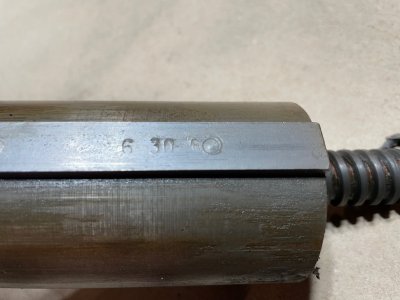- Joined
- Oct 13, 2014
- Messages
- 6,703
Update:
I striped the vise using a hot Lye solution my new ultrasonic cleaner. The results were amazing, the lye dissolved every trace of paint and grease. I used a 10%, by weight, solution lye and water. I processed the movable jaw first with a 30 min cycle (the longest the ultrasonic cleaner will do). The paint was almost completely gone but some was still in the nooks and crannies as well as the dried grease. I realized I forgot to turn on the heater so I set it to 60ºC (140ºF) waited till it heated up then ran it through another ultrasonic cycle. The jaw emerged completely clean except for some rust. Next, I processed the vise body leaving it soak for about 15 minutes to get up to temperature then ran the ultrasonic cycle of 30min, this time every trace of paint and grease was removed down to the metal, in one treatment!
I soaked all the parts in a solution of white vinegar to neutralize the Lye, then rinsed everything in hot water and dried with paper towels.
I will process the parts with Evaporust tomorrow, also in the ultrasonic cleaner.
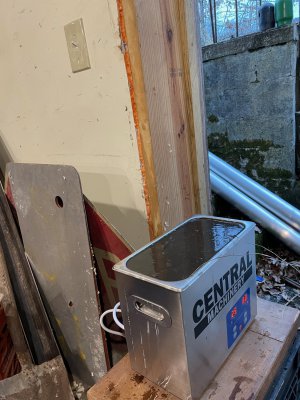
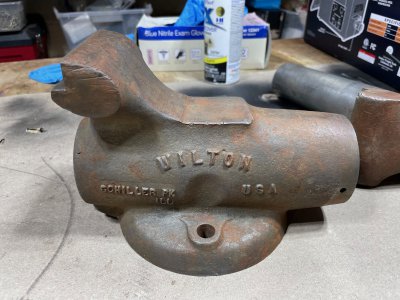
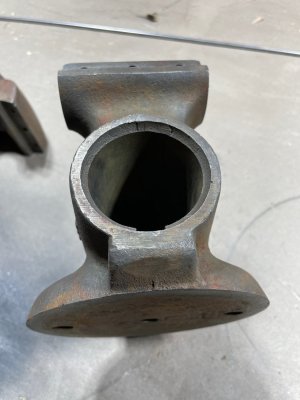
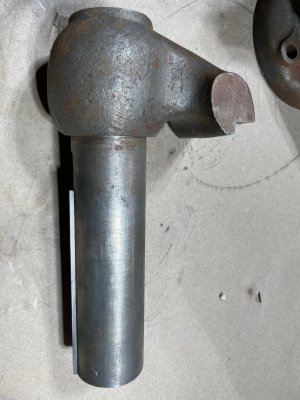
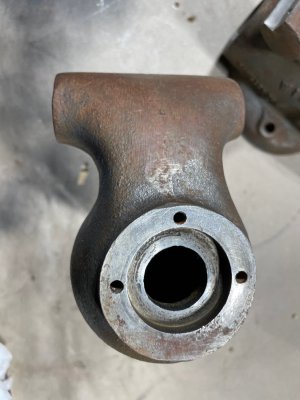
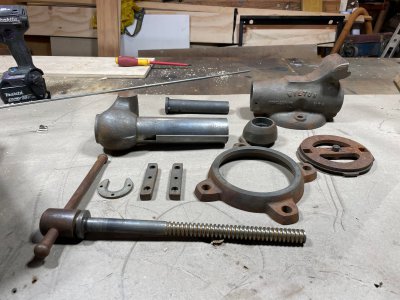
I striped the vise using a hot Lye solution my new ultrasonic cleaner. The results were amazing, the lye dissolved every trace of paint and grease. I used a 10%, by weight, solution lye and water. I processed the movable jaw first with a 30 min cycle (the longest the ultrasonic cleaner will do). The paint was almost completely gone but some was still in the nooks and crannies as well as the dried grease. I realized I forgot to turn on the heater so I set it to 60ºC (140ºF) waited till it heated up then ran it through another ultrasonic cycle. The jaw emerged completely clean except for some rust. Next, I processed the vise body leaving it soak for about 15 minutes to get up to temperature then ran the ultrasonic cycle of 30min, this time every trace of paint and grease was removed down to the metal, in one treatment!
I soaked all the parts in a solution of white vinegar to neutralize the Lye, then rinsed everything in hot water and dried with paper towels.
I will process the parts with Evaporust tomorrow, also in the ultrasonic cleaner.









